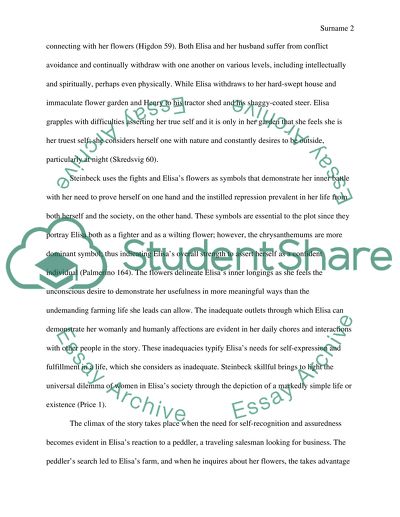Cite this document
(“John Steinbeck The Chrysanthemums Research Paper”, n.d.)
Retrieved from https://studentshare.org/literature/1483433-john-steinbeck-the-chrysanthemums
Retrieved from https://studentshare.org/literature/1483433-john-steinbeck-the-chrysanthemums
(John Steinbeck The Chrysanthemums Research Paper)
https://studentshare.org/literature/1483433-john-steinbeck-the-chrysanthemums.
https://studentshare.org/literature/1483433-john-steinbeck-the-chrysanthemums.
“John Steinbeck The Chrysanthemums Research Paper”, n.d. https://studentshare.org/literature/1483433-john-steinbeck-the-chrysanthemums.


